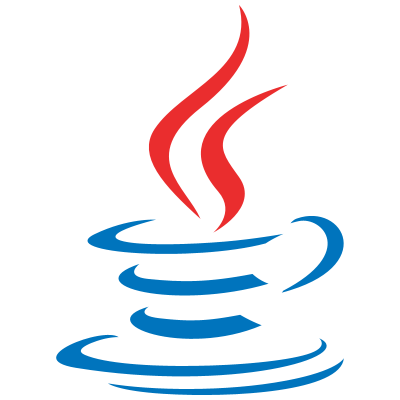| Java 25 Is Here - What's New? |
| Written by Nikos Vaggalis | |||
| Wednesday, 17 September 2025 | |||
|
Oracle has announced the availability of Java 25, the latest version of that stellar programming language and development platform. Months before the official launch we were being made aware more or less of what the new version would herald, as bits and pieces were being disclosed during the several Java conferences that took place since the beginning of the year. For instance on this year's SpringI/O Nicolai Parlog talked about the forthcoming JEP512, which would make Java easier to learn for beginners. As he demonstrated, we would be able to go from the contrived but heavy weight for beginners "Hello World" example : public class HelloWorld { to its much simpler counterpart under the JEP upon it being absorbed by Java's version 25: void main() { No more waiting as since yesterday this has become a reality! Then at JavaOne, Oracle's official event about Java, Brian Goetz's talk "Where is the Java language going?" revealed a lot and set the future directions for the language to follow with a particular focus on projects Amber and Valhalla. A must watch not just about version 25 but about the wider outlook and the future expectations. But these were just two examples. All in all JDK 25 delivered sixteen enhancements ranging from the core of Java language itself to libraries to security, performance, runtime and monitoring. A few key of those JEPs were: Oracle JDK 25 Language Features JEP 507: Primitive Types in Patterns, instanceof, and switch 3rd Preview JEP 512: Compact Source Files and Instance Main Methods. Oracle JDK 25 Libraries JEP 505: Structured Concurrency 5th Preview JEP 508: Vector API 10th Incubator Security/Performance/Monitoring JEP 510: Key Derivation Function API JEP 514: Ahead-of-Time Command-Line Ergonomics JEP 509: JFR CPU-Time Profiling (Experimental) In a glimpse the summary of all the JEPs incorporated in the new version :
The release also includes, as usual, hundreds of smaller enhancements and thousands of bug fixes. And with that, as Georges Saab, senior vice president, Oracle Java Platform and chair, OpenJDK governing board stated: Java marked a significant milestone this year with its 30th anniversary, and the platform and language continues to evolve to help developers quickly and easily build applications infused with innovative AI and security capabilities. But before wrapping up, something of great importance is that Oracle plans to offer long-term support for Java 25 for at least eight years, which gives organizations the flexibility to keep applications in production longer with minimal maintenance and eventually migrate on their own terms. Oracle JDK 25 is planned to receive quarterly security and performance updates until September 2028 under the Oracle No-Fee Terms and Conditions (NFTC), and JDK 25 updates released after that date will be offered under the Java SE OTN License (OTN) planned until at least September 2033. And now wrapping it up, at the end of 2023 in "The I Programmer Java 2023 Recap" I answered the pressing question "Why go for Java, when there's C#, Go, Rust and Python?". It's because Java has always been the favorite of enterprises: Enterprises talked and still talk Java. Look no further than the Fortune 500 list of companies reliance on it. Yes, Blue Chips love it. The reasons are plenty. The one that enterprises value most is backwards compatibility, being notoriously allergic to radical updates and upgrades. Systems that worked 20 years ago, written in Java 5, should be able to compile and run under version 8. Stability is what matters. Does this still hold true in 2025? Of course, it's a bit unfair for the language to take all the credit. The other magic ingredient to success is of course the venerable JVM, which looks like becoming the melting pot for all languages. And there's a great reason why. In my recent interview with Flavio Glock about his PerlOnJava project, an implementation of the Perl programming language designed to run on the JVM, I asked whether integration with modern backends like the JVM a prerequisite for Perl to stay alive and continue thrive? The answer given by Flavio was enlightening : In this cloud-driven era, integrating with modern backends like the JVM is crucial for Perl’s continued relevance. Projects like PerlOnJava demonstrate Perl's ability to adapt and thrive in a new landscape. By leveraging the JVM, Perl can access an extensive library ecosystem, take advantage of modern performance optimizations, and integrate more easily into enterprise-level solutions, like cloud services and containerized environments. So Java's ecosystem's ripples reach far beyond the language...
More Information
Related Articles2025 Java Conferences Galore Part 5
To be informed about new articles on I Programmer, sign up for our weekly newsletter, subscribe to the RSS feed and follow us on Facebook or Linkedin.
Comments
or email your comment to: comments@i-programmer.info |


